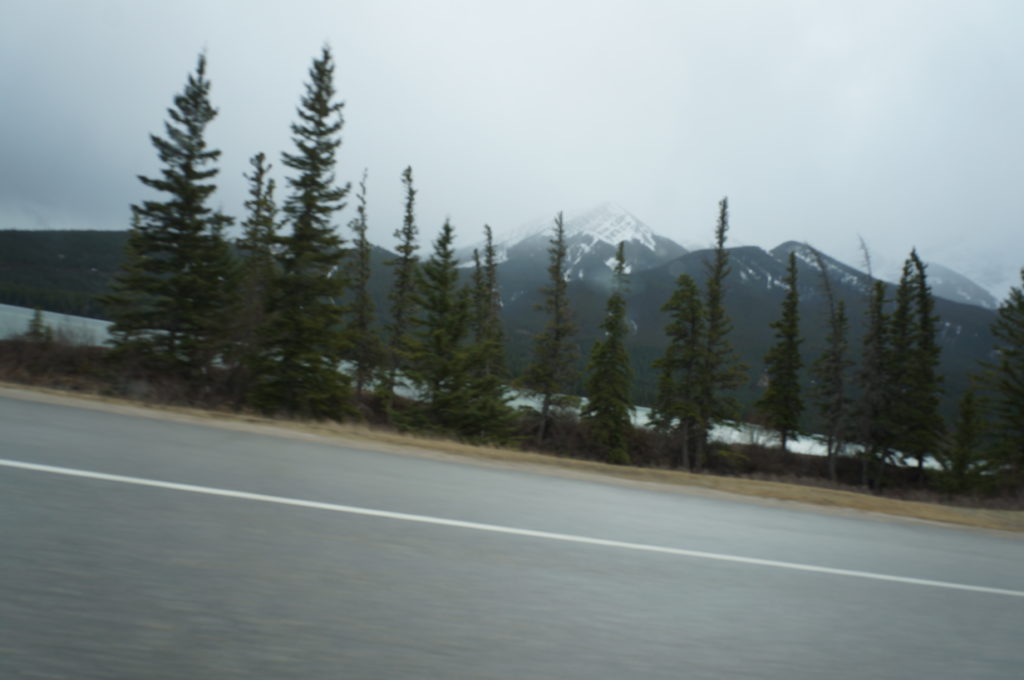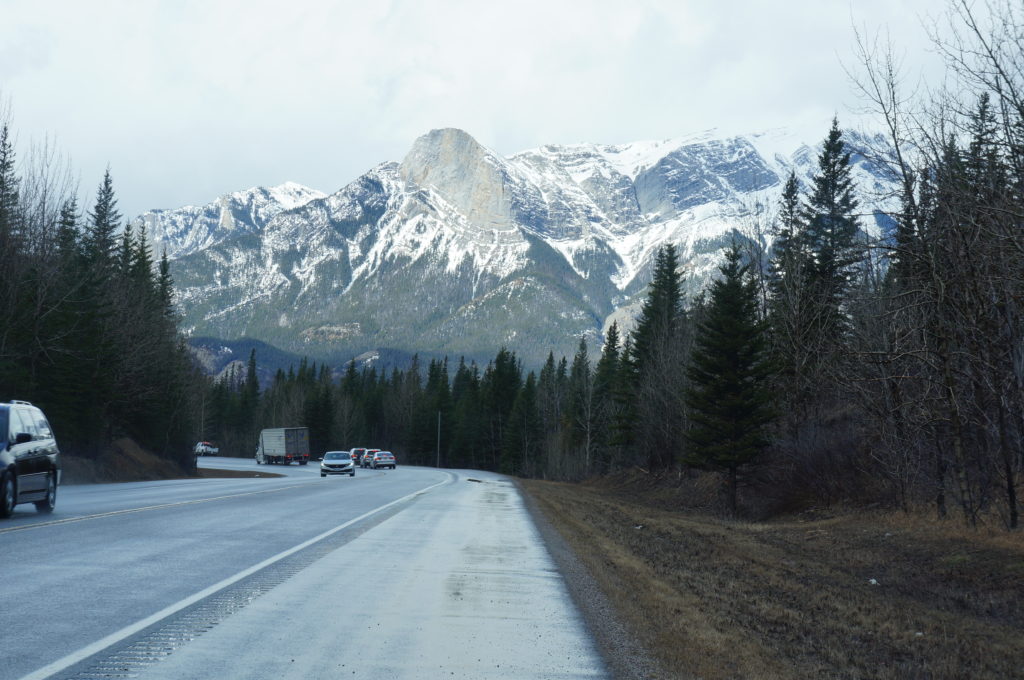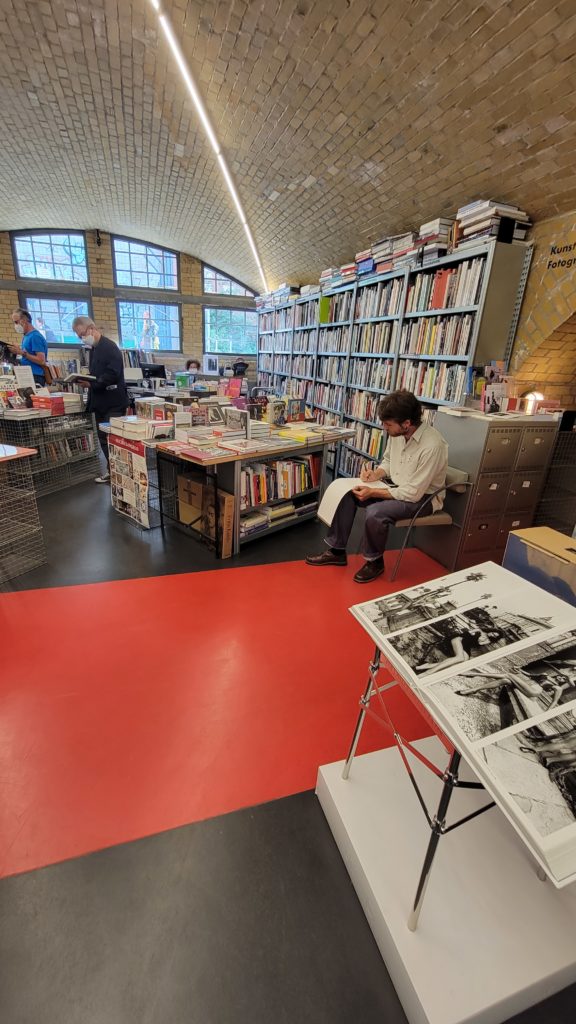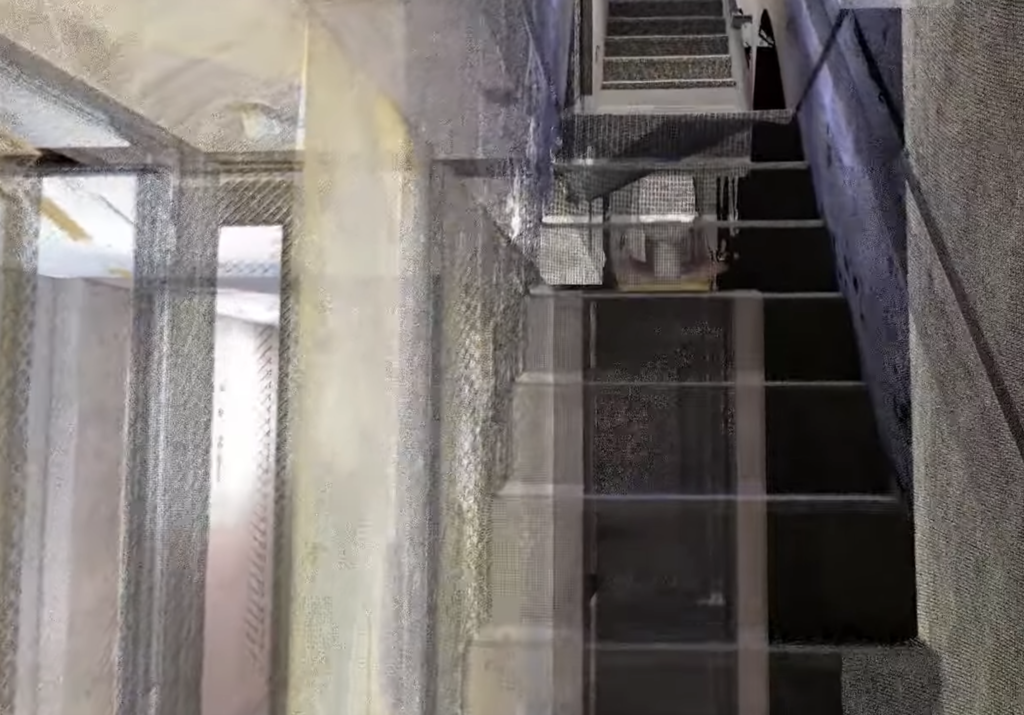
Too many books! Travelling this summer has yielded a stack of actually half-read books, mixing in my mind as stories, facts and the ideas they inspired. A few examples: a hard-to-get read, the brilliant Le Boutte de la Route recounts the daily experiences of a trucker on the Dempster Highway. This is a kind of migrant La Sangouine from the Yukon and Northwest Territories. There is an evocative moment at the shore of the Mackenzie River as he shares coffee, provided by the ferry captain to early arrivals, while waiting for the first crossing of the day. But the road is also a metaphoric voyage and the “end of the road” is very much a spatialisation of return from a low point in the author’s life.

Keller Easterling’s Subtraction reverses the architects’ fascination with construction and the social scientists’ interest in the social use of buildings and their maintenance to consider demolition and the creation of artificial tabula rasae in urban thought. An architectural terra nullis, the empty stage cleared of its inhabitants is the architectural site of many modernist designs and fantasies. Palladio’s villa in heaven surely sits on a level field, without any inconvenient slopes demanding that the designer responds to context and without impinging lean-tos or even vegetation. Adam’s hut in paradise is next door but at a discreet distance.
An important and un-critiqued specialty of special effects departments in Hollywood is urbanicide, the destruction of entire cities as a theme. Consider non-Hollywood classics such as King Kong (Tokyo). Recall the more recent Hollywood productions Independence Day (Los Angeles), The Day After Tomorrow (New York, Los Angeles), Terminator 2(Los Angeles), Pacific Rim (Hong Kong). Star Trek Heart of Darkness (San Franscisco), et cetera. Apocalypse is generally seen from street level as part of the format of early 21st century action films. These streets are often crowded with gridlocked cars that fly about while other shots feature iconic and large modern buildings. Apocalyptic fantasies rely on an unpredicted, uncontrollable and unavoidable agent (the monster, comet, villain) that causes human ruination. By contrast the more likely scenarios of inexorable decline, neglect or the environmental folly of humans are less in evidence.
The intriguing idea is the idea of reduction, reduced impacts, consumption, growth as an alternative to the reductive monism of modernist utopias that always propose to create something in an artificial absence.
Let’s face it, with CoVid, downtowns are actually disused: are they to be demolished like just another failure of twentieth century urbanism or will they find a new purpose in their “less-ness,” in the loss of their role as white-collar wage work districts? Rather than a giant monster, a microscopic Coronavirus has attacked the urbanity and the lives of many, globally.
Gesina Amrhein et al.’s Invisible. The Fascination of Conservation documents the reconstruction of the surfaces in the second-floor rooms of the State Museum in Berlin. The booklet is a student project from European University Viadrina Frankfurt am Oder that was on a bookstore counter in Berlin.

What stands out is the use of typography and page layout to describe an architectural conservation process and illuminate details of how murals have been retouched, walls rebuilt and rooms renovated in ways that remain so true to the historical conception of the halls that as an ensemble they look original. Invisible shows how heritage architecture works to make the past present today. The attention to paper and typesetting reflects the conservator’s engagement with the materiality of artefacts. What the book achieves in a compelling introduction to not just one building but architectural conservation as a field.
In Vienna, the Belvedere Museum displayed the work of Georg Eisler who was a compelling witness to street protests and riot police attacks in Belfast, Soweto and Berlin. His hallmark is plein air urban sketching, drawing in subways, nightclubs and streets. Eisler draws arrests and shootouts. His crowd compositions have been compared to Tintoretto. Like a courtroom artist, he captures individuals and their poses and performances in night clubs, cafes, circuses and red-light districts. Eisler offers a model for sketching as method for urban social observation. This means diagrammatic or scribbly outline drawings of individuals and small groups that aim to capture a movement or an interaction in a pose or gesture. This is the basis for summarizing an ethnographic mood or scene. This style is carried through in his more elaborated paintings. Eisler captures moments, people cast in relations, not objects or bodies. His art thus concerns virtualities. These works are effective enough to provide portraits of places at a particular moment in time: not as material things but as intangible interactions and social situations. Altogether, Eisler’s work was arresting enough to warrant buying the small catalogue Georg Eisler Spurensicherung for further inspiration
In English and Japanese, Transitional Space is a set of discussions between European and Japanese designers about the architectural representation of public and private and transitions between them in the architecture of Japanese houses. These are represented through layered audio video and laser scanning methods that produce complex, 3D point cloud videos of buildings and their contents. I picked up a booklet that was part of the Pamphlet series of the Chair of Landscape Architecture Christophe Girot at ETH Zurich. On the printed page, these appear as grainy sections and cutaway images of the houses in which walls are semi-translucent, revealing the inhabitants belongings. Point clouds are 3d maps of surfaces. It’s as if one dissolved the building into its molecules. Point clouds are created and archived digitally as coloured points positioned in a three-dimensional matrix. In their totality, they map the surfaces of objects and buildings. In the digital renderings, solid masses appear only as their surfaces, inside they are emptiness. They may capture texture poorly but allow an evanescent digital rendering of buildings in which we can see through the ghostly outlines of objects and walls to wherever the pictorial plane is set to cut through the structure of the building. The point clouds serve as the basis for a number of realist and experimental representational techniques including movies.

In short, virtual architecture, moments, pasts, and road trip reflections.
Works mentioned
Keller Easterling Subtraction Critical Spatial Practice v.4 Sternberg Press, Berlin. 2014.
Yves Lafond Le Boutte de la route: Chroniques en dix-huit roues. Ed. de la nouvelle plume coop, Regina. 2021.
Reinhard Bachleitner et al. Georg Eisler Spurensicherung Belvedere Museum, Vienna 2022.
Gesina Amrhein, Henriette Henning, Saskia Höltken, Nina Meinhold. Invisible. The Fascination of Conservation European Cultural Heritage MA, European University Viaedrina Frankfurt am Oder. ZEIT-Steiftun Ebelin und Gerd Bucerius, Hamburg. 2021.
Christophe Girot and contributors. Transitional Space. Six Japanese Houses Traversed. Pamphlet series of the Chair of Landsapce Architecture Christophe Girot, ETH Zurich, Switzerland.
